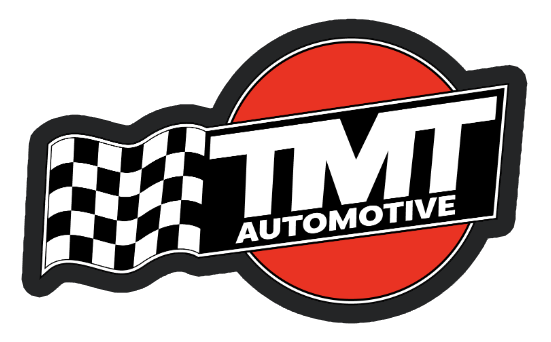What Every Vehicle Owner Should Know About Tire Pressure
How important is your tire pressure? Probably more important than you think. The pressure of your tires not only keeps your vehicle moving, but also impacts your fuel mileage, prevents tire wear, and helps with safety and handling.
Here’s what every vehicle owner should know about tire pressure.
The Right Pressure for Your Tires (No, It’s Not Listed on The Tire)
Many people try to find the pressure settings for their tires on the tires themselves, but that’s not where you get the right information. There is a number there, but it probably isn’t what you should set your pressure to.
When a tire is made, it’s tested and used on many different makes and models, so the pressure number on the tire itself is general, not specific.
But tire pressure isn’t a one size fits all–even for the four tires on the same vehicle.
Vehicles may have different ideal pressures for their front and rear tires. Often times, your spare tire will also have a unique tire pressure setting.
Make sure you follow the specific guidelines for your vehicle to get the best results.
Find Your Tire Settings on Your Driver’s Side Door Jam
To find the right tire pressure for your vehicle, look at the driver’s side door jam. If your car hasn’t been in a wreck or had the door replaced, you’ll see a sticker there. That sticker tells you the right tire size and pressure for your vehicle.
Tire Pressure and Vehicle Performance
The right tire pressure improves your miles per gallon, which is making it a factor in EPA regulations. The tire is set to a certain pressure to have the least amount of rolling resistance on the car as possible to get the best fuel mileage.
Impact on Rolling Resistance
Rolling resistance refers to how easily a vehicle moves, and it's not just based on weight. It's based on the tire, and how much of that tire is touching the surface of the road.
Overinflation
Over inflated tires give you less traction.
Tires are like a balloon. When you put too much air in a balloon, it goes from being round to oblong. The same thing happens with your tires. If you overinflate your tires, the tire becomes too hard. Less of the tire touches the ground, and you get less traction.
So instead of the tire being six, seven, or eight inches wide and fully, equally touching the surface, you may only get the center three inches touching the surface. The part of the tire that touches the road wears, but the rest doesn’t.
You have less traction, and that’s a safety issue.
Underinflation
Under inflated tires reduce your fuel efficiency.
If you underinflate your tire, the tire becomes too soft, creating more friction or rolling resistance.
Low pressure affects your miles per gallon, reducing your efficiency by up to two or three miles a gallon.
Tire Pressure and Weather
We know that weather impacts the air in your tires, but again, most people are only concerned with their tires loosing pressure in winter. That happens, but it’s also important not to over fill tires when your tire light comes on.
Since we’re located in Northern Indiana, we see changing temperatures and plenty of cold weather. When it gets cold, air in tires compresses and tire lights come on.
It’s good to add some air to the tires in this scenario, but we’ve seen many people put more air in the tire than the tire needs to try to offset the cold weather. On a tire that needs 32 pounds of air pressure, they might go put 50 pounds in it.
That overinflation can mess with your entire tire pressure system.
What Happens When It's Uneven?
Driving with uneven tire pressure is like walking with two different kinds of shoes on. It reduces the balance of your vehicle and causes your car to pull toward the tire with less pressure.
So, if you have two tires on the front of a car and one's at 32 pounds of pressure and one's at 50 pounds of pressure, your vehicle will pull toward the 32 pound tire.
Keeping your tire pressure balanced at the proper settings gives you better control over your vehicle.
Trust the Experts
Your tire pressure is something you don't notice until it’s a problem, which is why it's important to have your service center check and reset it during every oil change.
We’re here to help you keep your tires healthy and your driving experience safe and smooth. When you bring your vehicle in–you don’t have to ask us to check your tire pressure, it’s all part of our vehicle inspection. Stop by a TMT Automotive near you to check your tire health today.

